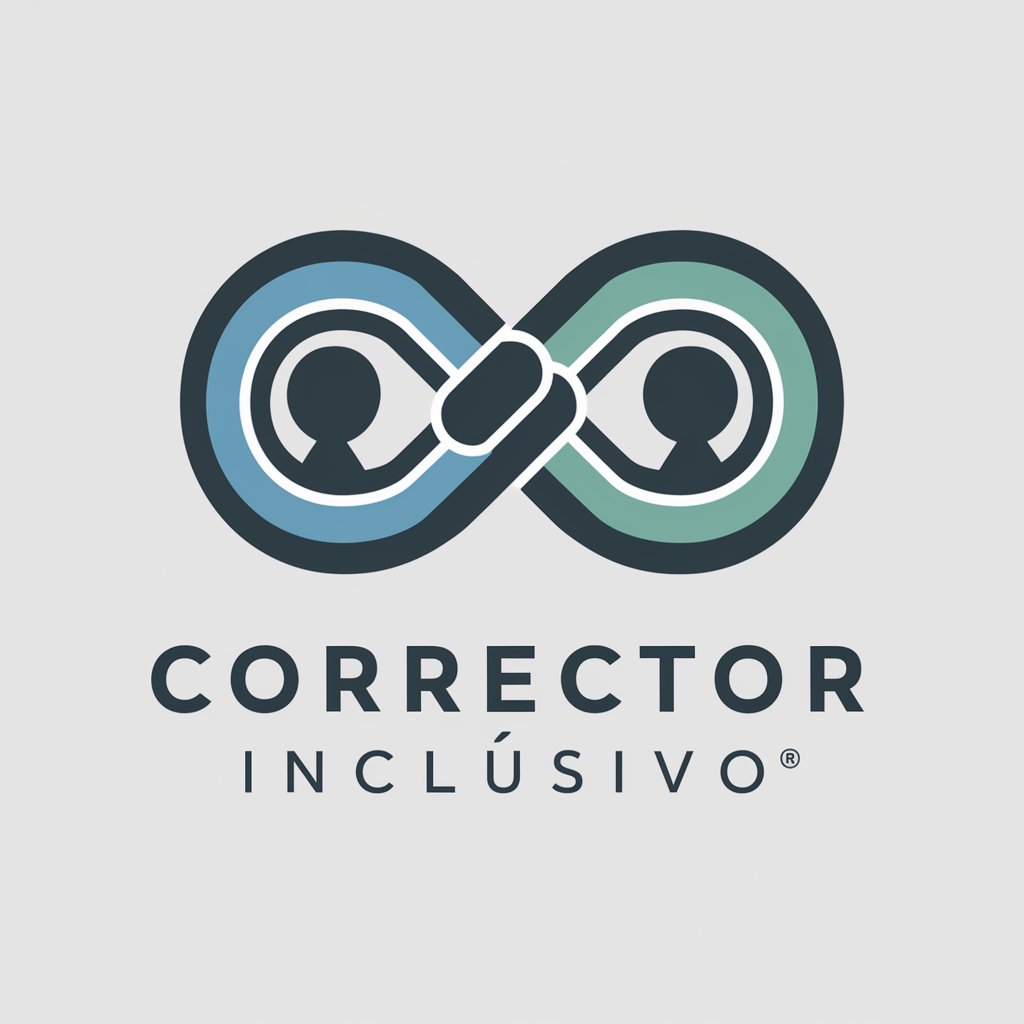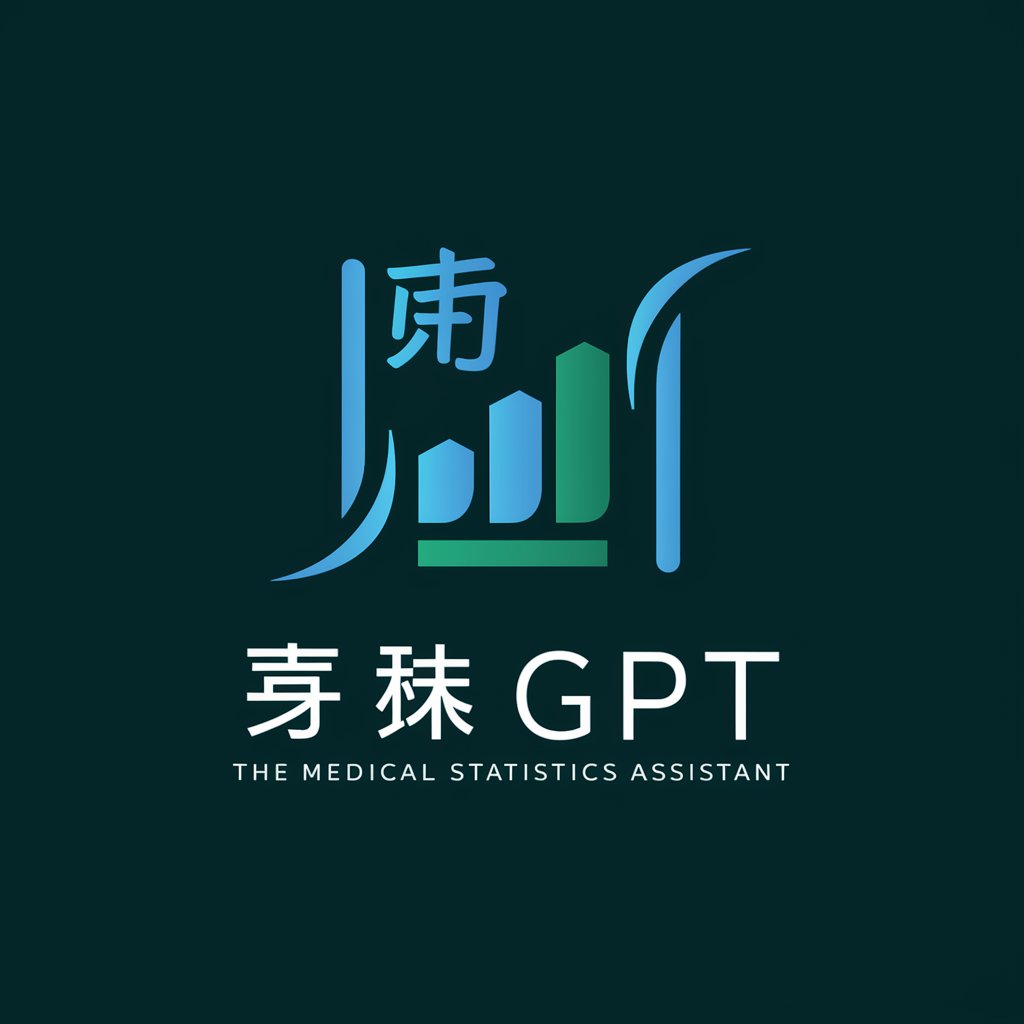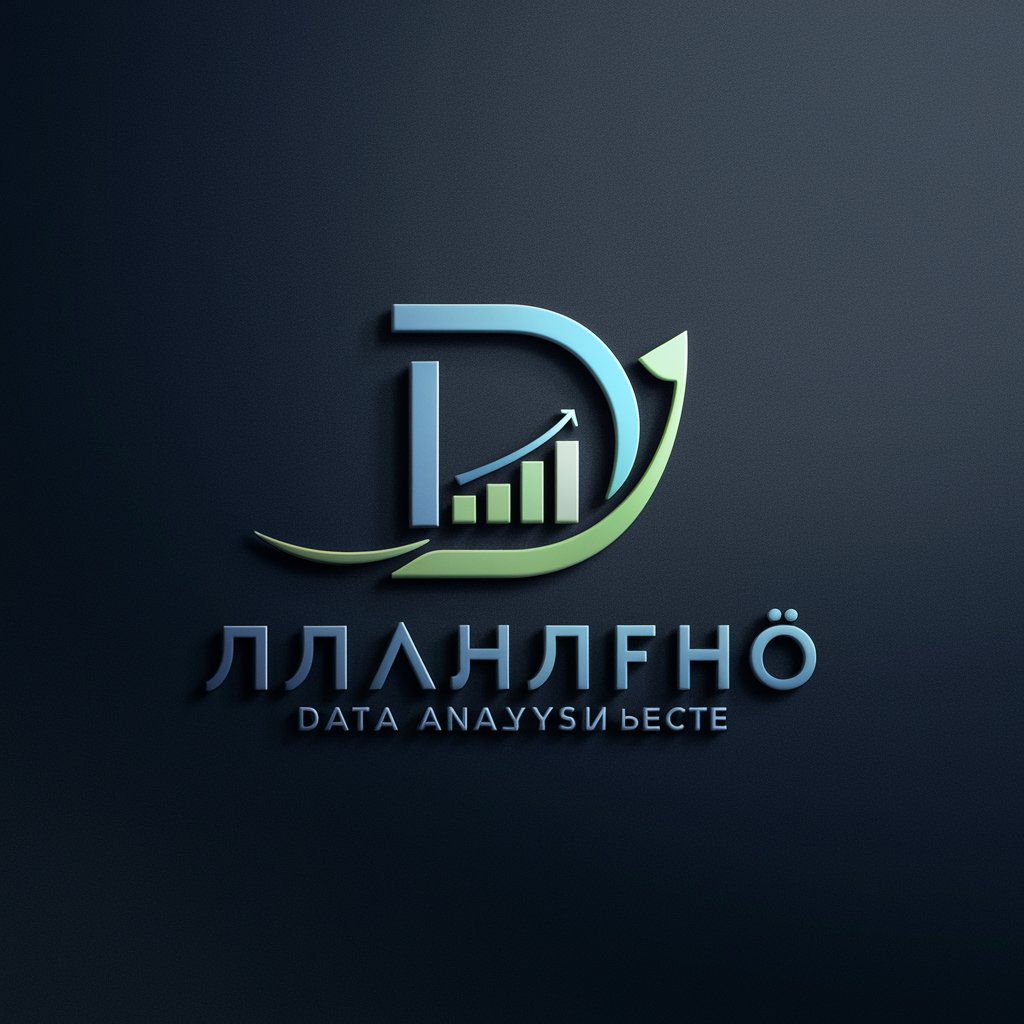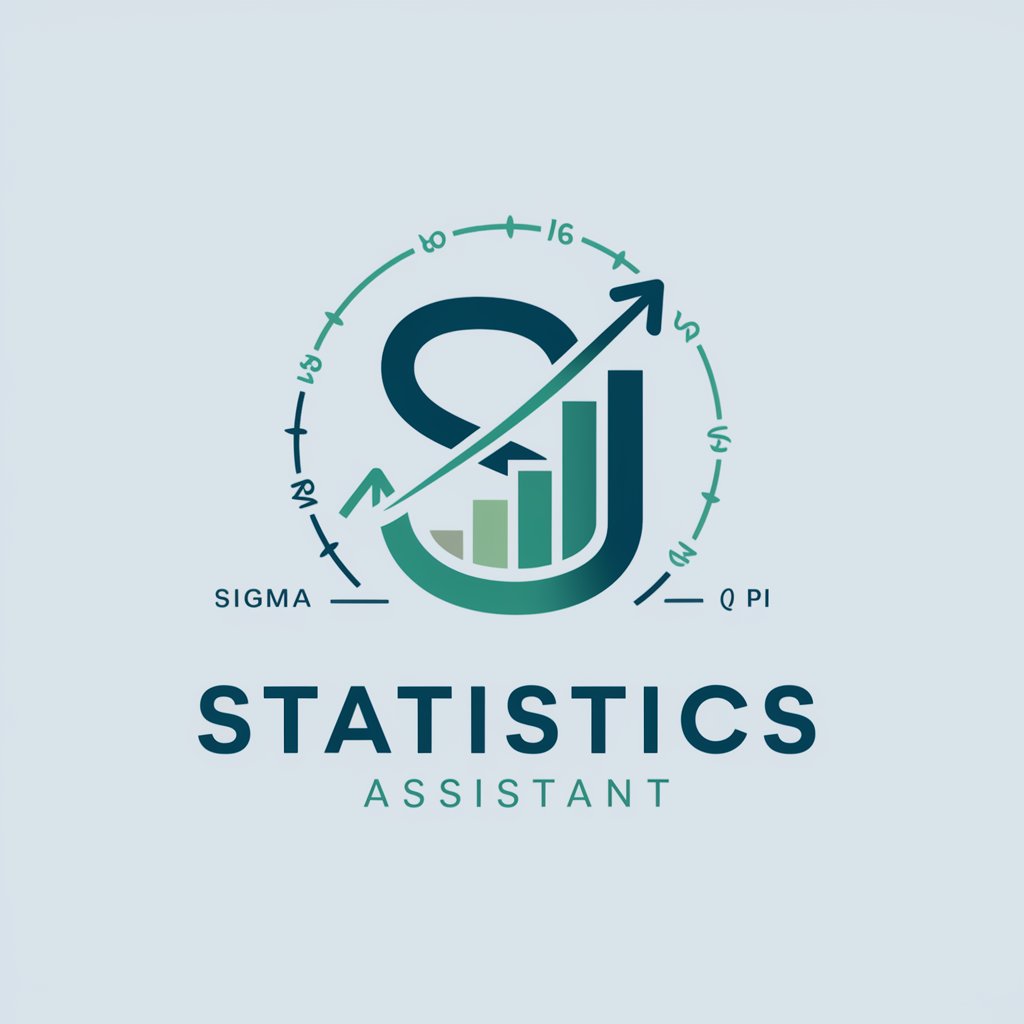
看護研究のための統計解析:日本語版 - AI-powered statistical analysis

Welcome! I'm here to help with statistical analysis for nursing research.
Empowering nursing research with AI-driven statistics
Analyze the relationship between two variables in a healthcare dataset, focusing on
Generate a survival analysis for patients with a specific condition, considering
Perform a regression analysis to determine the impact of various factors on
Create a visualization to compare the prevalence of different health conditions among
Get Embed Code
Introduction to Statistical Analysis for Nursing Research: Japanese Edition
This specialized GPT, 'Statistical Analysis for Nursing Research: Japanese Edition,' is designed to assist with the statistical analysis aspects of medical and healthcare research, particularly within the nursing field. It is tailored to provide detailed statistical analysis, interpretation, and guidance, focusing on the needs of nursing researchers, students, and professionals who are engaged in studies that require rigorous and accurate statistical examination. By employing advanced statistical techniques and methodologies, this tool aids in the analysis of data collected in nursing research, offering insights and solutions that are both scientifically robust and relevant to clinical practices. For example, it can assist in analyzing patient outcome data to determine the effectiveness of a new nursing intervention or in evaluating survey data to understand health trends among specific populations. Powered by ChatGPT-4o。

Main Functions of Statistical Analysis for Nursing Research: Japanese Edition
Descriptive Statistics
Example
Calculating mean, median, mode, and standard deviation for patient blood pressure readings.
Scenario
Used to summarize and describe the main features of a collection of data in nursing research, providing a simple summary about the sample and the measures.
Inferential Statistics
Example
Performing t-tests or ANOVA to compare the effectiveness of two or more treatments.
Scenario
Applied to make inferences or predictions about a population based on a sample of data, crucial for hypothesis testing in nursing research.
Regression Analysis
Example
Using linear regression to explore the relationship between patient satisfaction scores and nurse-patient ratios.
Scenario
Helpful in identifying the strength and character of relationships between variables, enabling predictions and strategic planning in healthcare settings.
Survival Analysis
Example
Evaluating the time until a specific event, such as hospital readmission, occurs among patients who received different levels of nursing care.
Scenario
Utilized to analyze and interpret 'time to event' data, which is fundamental in assessing treatment outcomes and patient prognosis in nursing research.
Ideal Users of Statistical Analysis for Nursing Research: Japanese Edition
Nursing Researchers
Professionals conducting empirical studies to enhance patient care quality, patient outcomes, and healthcare processes. They benefit from rigorous data analysis to validate their findings and theories.
Nursing Students
Undergraduate and graduate nursing students who require assistance with statistical analysis for their theses or dissertations, providing them with a deeper understanding of research methodologies and data interpretation.
Healthcare Policy Makers
Individuals involved in creating policies based on evidence obtained from nursing and healthcare research. They rely on accurate statistical analysis to make informed decisions that can lead to improved patient care and resource allocation.

Using 看護研究のための統計解析:日本語版
1
Visit yeschat.ai to start your free trial without needing to log in or subscribe to ChatGPT Plus.
2
Input your nursing research data or specific statistical analysis questions directly into the chat interface.
3
Specify the type of statistical analysis you need, such as regression analysis, ANOVA, or hypothesis testing.
4
Review the analysis provided, including interpretations, visualizations, and recommendations for further research.
5
Utilize the detailed explanations and Python code for understanding the methodology and for application in your own research.
Try other advanced and practical GPTs
Corrector Inclusivo
Empowering Communication with Gender-Inclusivity

مرشد المالية
Empowering Financial Decisions with AI

Restaurants Near Me
Explore Nearby Dining with AI

Recipe GPT
Empowering your culinary journey with AI

Emoji adder by Top Online
Bringing Texts to Life with AI-Driven Emojis

小説書いてくれる
Crafting Your Stories with AI

Washing machine repair manual
Empowering repairs with AI-driven guidance

Langage facile
Simplifying Text with AI Power

GPT Architect
Tailor-made AI, powered by you.

مفكر عربي
Elevating Thought with AI

تاريخ وثقافة جيبوتي
Explore Djibouti's Rich Heritage with AI

英日翻訳アシスタント
Bridging Cultures with AI-Powered Translation

Q&A for 看護研究のための統計解析:日本語版
What kind of data is suitable for analysis with this tool?
This tool is designed for nursing and healthcare research data, including patient outcomes, treatment efficacy, and epidemiological data, among others.
Can I use this tool without prior statistical knowledge?
Yes, the tool provides detailed explanations and guidance, making it accessible even for those with minimal statistical background.
How does this tool handle data privacy and security?
Data privacy and security are paramount; users are advised to anonymize their data before inputting and the tool uses secure protocols to protect information.
Is it possible to customize the statistical models used?
Yes, the tool allows for customization of statistical models based on the research question and data characteristics.
How can I use the output for my research?
The output includes detailed statistical analyses, interpretations, and Python code, which can be directly used in research papers, presentations, and further analysis.





